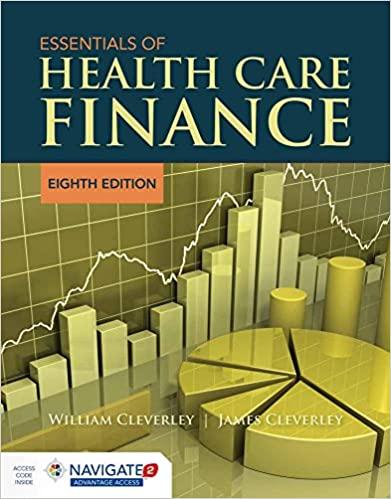Answered step by step
Verified Expert Solution
Question
1 Approved Answer
A B Probability 0.1 (24%) (13%) 3 0.2 0 14 18 38 50 0.5 0.1 18 29 0.1 a. Calculate the expected rate of return,

Step by Step Solution
There are 3 Steps involved in it
Step: 1

Get Instant Access to Expert-Tailored Solutions
See step-by-step solutions with expert insights and AI powered tools for academic success
Step: 2

Step: 3

Ace Your Homework with AI
Get the answers you need in no time with our AI-driven, step-by-step assistance
Get Started


